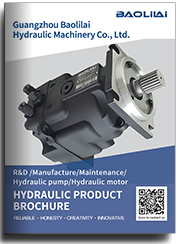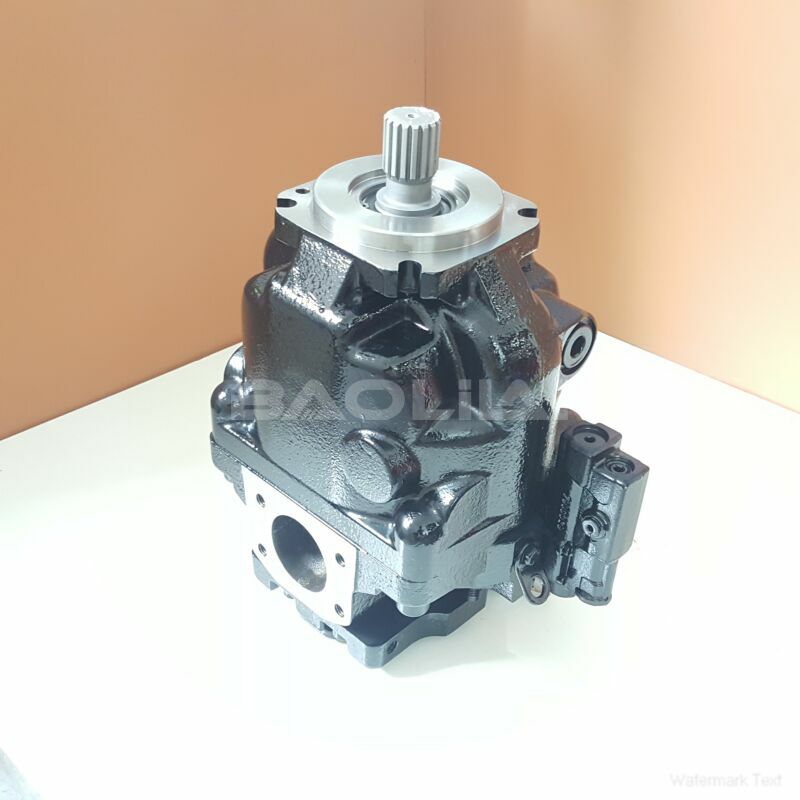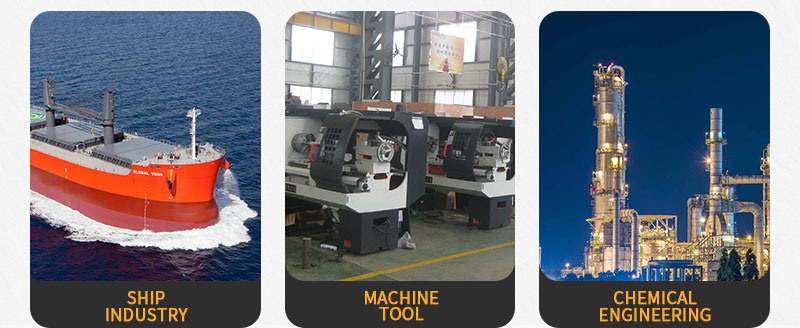ERL100BLS2820NNN3S1CPA1NAAANNNNNN piston pump
ERL100BLS2820NNN3S1CPA1NAAANNNNNN piston pump

- Product Details
- Applicable Scene
The hydraulic fluid used in the system is just as important as the pump itself. High-quality hydraulic fluids can prevent issues such as oxidation, foaming, and degradation, which can adversely affect pump performance. Ensuring that the correct type and viscosity of fluid is used will enhance the lifespan of the pump and reduce the likelihood of failure.
ER-L-100B-LS-28-20-NN-N-3-S1CP-A1N-AAA-NNN-NNN
ERL100BLS2820NNN3S1CPA1NAAANNNNNN
Implementing Proper Installation Techniques

11172636
Improper installation can lead to misalignment and excessive strain on hydraulic pumps, resulting in premature failure. During installation, it is important to follow manufacturer guidelines to ensure proper alignment, secure mounting, and optimal flow path design. Adequate training for personnel involved in installation can also significantly reduce the risks associated with human error.
Addressing Environmental Factors
Environmental conditions can also impact the performance and reliability of hydraulic pumps. Factors like temperature extremes, humidity, and exposure to contaminants can lead to accelerated wear and potential failure. Implementing protective measures such as shielding and secure placement of hydraulic components can help safeguard against these environmental risks.
Training Personnel
Properly trained personnel are vital to the effective management of hydraulic systems. Technical training on the operation, maintenance, and troubleshooting of hydraulic pumps can empower staff to identify and address potential issues swiftly. Regular training sessions should be held to keep personnel updated on the latest industry practices and technologies.
In conclusion, preventing hydraulic pump failures in precision fluid circulation for aerospace applications requires a comprehensive approach. By focusing on regular maintenance, appropriate selection, real-time monitoring, quality fluids, proper installation, environmental considerations, and personnel training, the risks associated with pump failures can be significantly reduced. These proactive measures not only ensure system reliability and safety but also contribute to the overall efficiency of aerospace operations.





